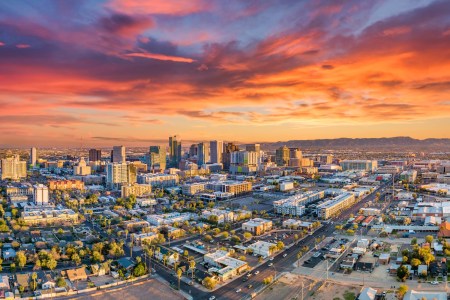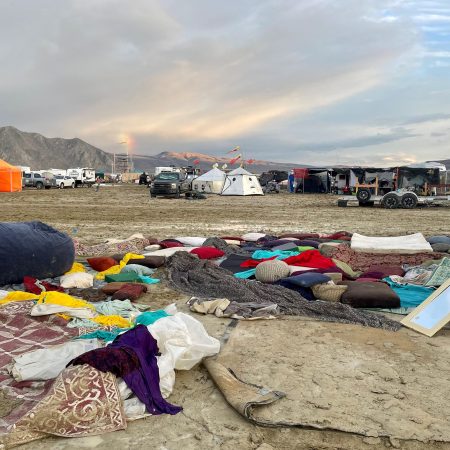If you’ve felt acute discomfort in recent months, you’re not alone. This summer has been home to the hottest month ever recorded, and that’s before getting into the results of extreme weather — including flooding at this year’s Burning Man and drought conditions across the Midwest. Now that it’s September and autumn is on the horizon, you might think that the extreme weather and unrelenting heat will wane.
But if you’re expecting a crisp, cool fall, there’s some data floating around that might cause you to rethink those expectations.
That news comes via Lois Parshley at The Atlantic — who analyzed recent meteorological data in light of the arrival of El Niño. “This summer has shown starkly how climate change can supercharge the weather,” Parshley writes. “This fall, El Niño could further magnify the problem.” She goes on to cite El Niño’s ability to heighten temperatures, noting that it can provide “a temporary boost to global warming.”
In announcing the arrival of El Niño in June, the National Oceanic and Atmospheric Administration stated that its impact on temperatures and weather in the United States wouldn’t be significantly apparent until later in the fall. Among the events that the NOAA feel could be likely as a result of El Niño: drier weather in the Pacific Northwest and higher temperatures than usual in the northern U.S.
How Phoenix Is Mitigating the Effects of Extreme Heat
Science and municipal agencies are involvedWriting at The Atlantic, Parshley cited a number of examples of El Niños past contributing to extreme weather, both within the U.S. and overseas. There is a track record of it heightening things — all of which could make for an autumn that’s less cozy and more chaotic.
Thanks for reading InsideHook. Sign up for our daily newsletter and be in the know.


















